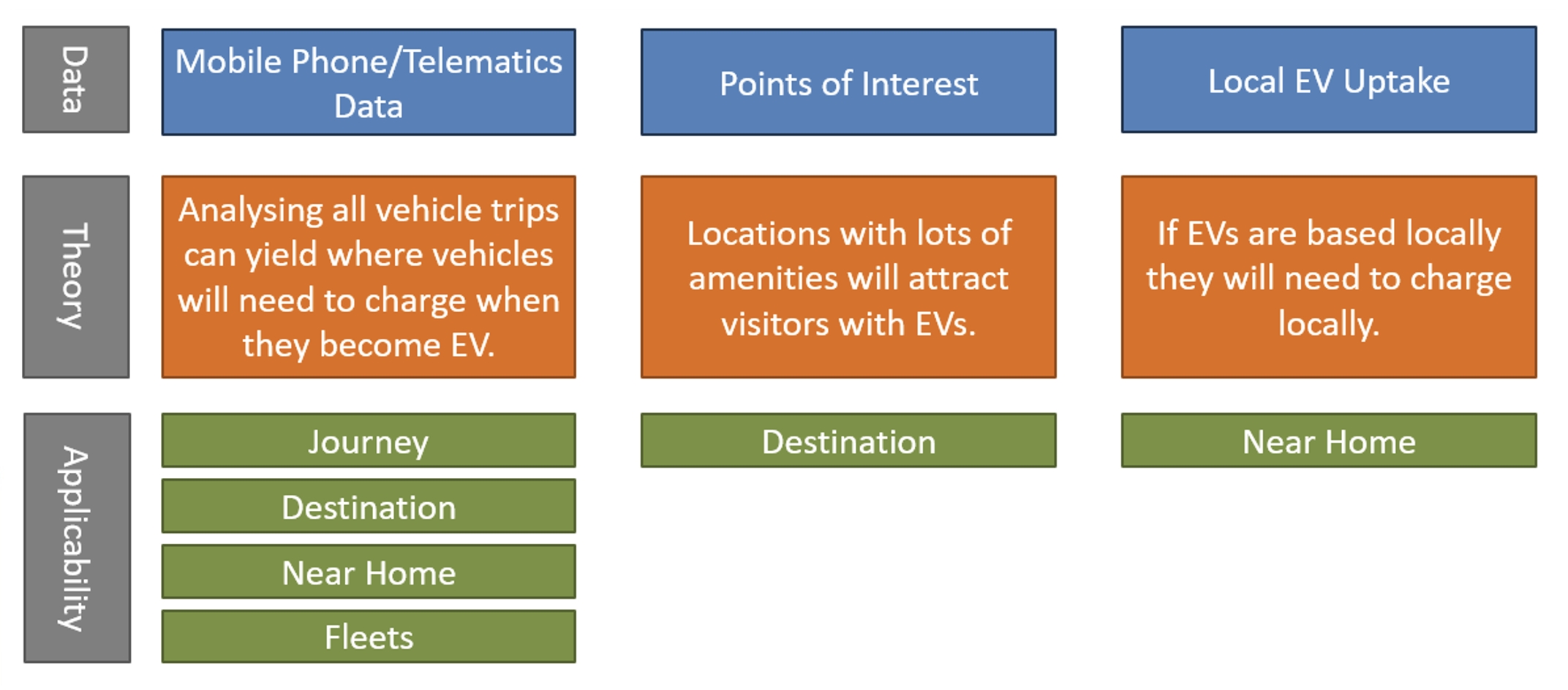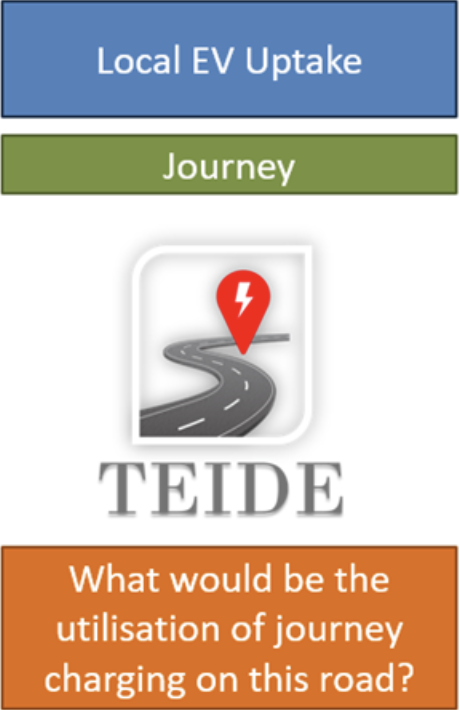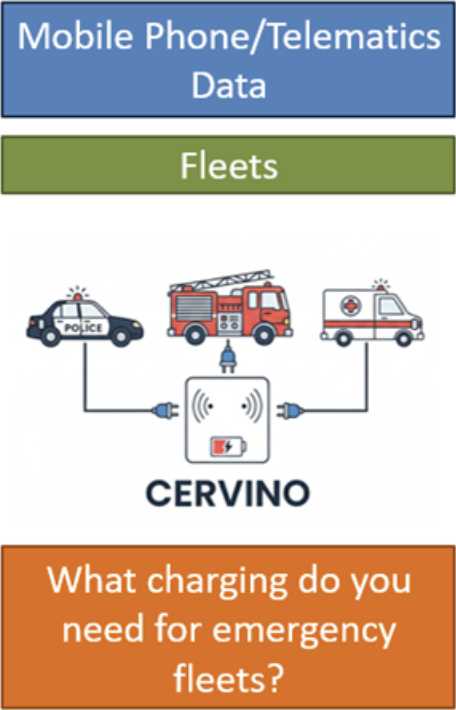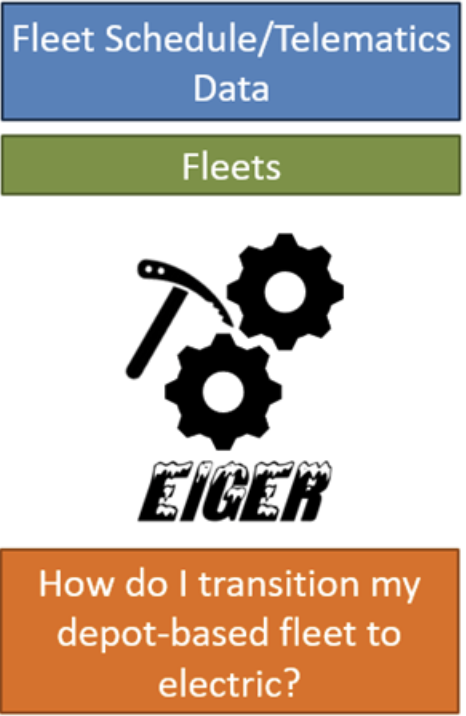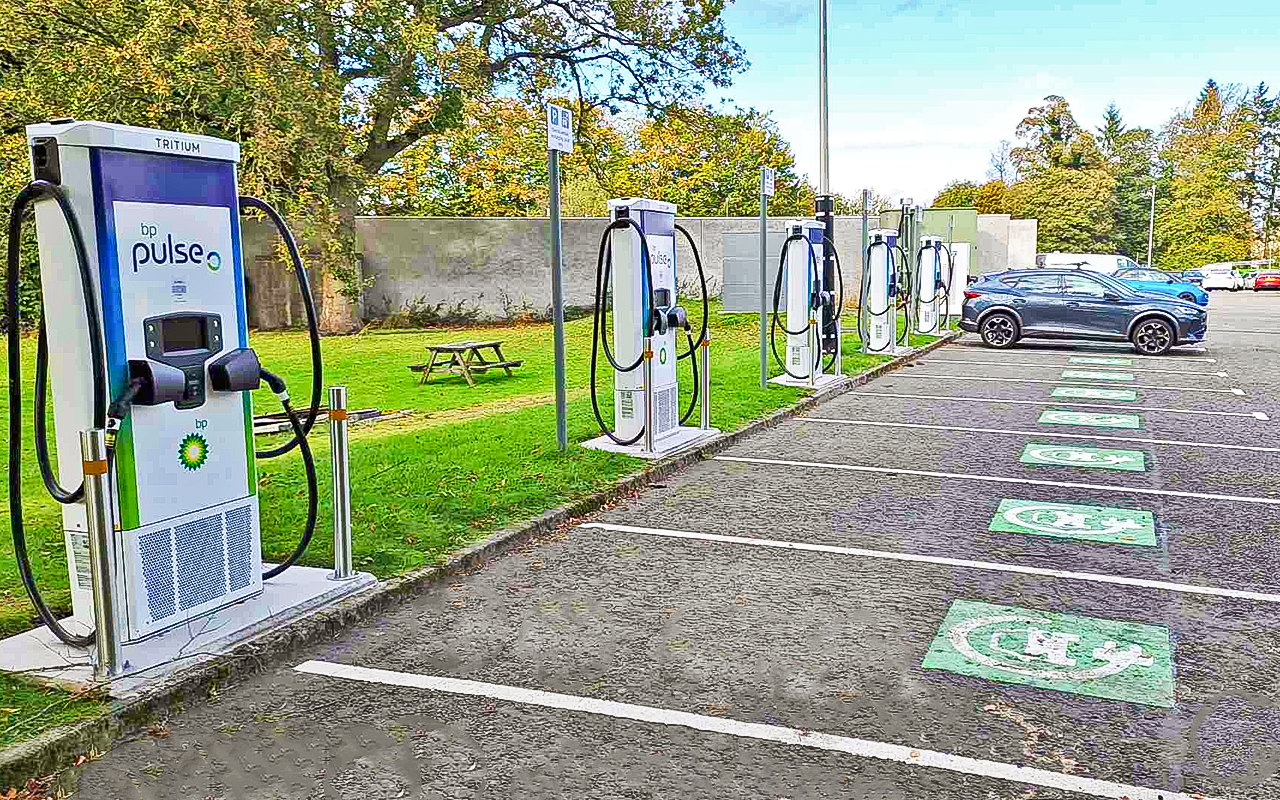
- Category:
- News
The Chicken and Egg Problem with Electric Vehicles
Article by: Greg Payne, Principal Technical Specialist – Modelling and Analysis Lead, Cenex
The buzz around electric vehicles (EVs) has never been louder. With every passing month, new models hit the market, battery ranges extend, and the vision of a silent, emission-free future becomes clearer. But beneath this excitement lies a fundamental challenge, the “chicken and egg” problem, if you like: Consumers are hesitant to switch without a reliable, widespread charging network, while investors are wary of building the network until they are confident that there are sufficient EVs in those places to justify the cost.
This is where the conversation needs to move beyond simple expansion to strategic, data-driven planning. Building a future-proof EV ecosystem isn’t about “just putting chargers everywhere.” It’s about placing them in the right locations, at the right time, and with the right capabilities. The essential tool for this is sophisticated modelling.
Risks of a “Build-It-and-They-Will-Come” Approach
A haphazard rollout of charging infrastructure carries significant risks for all stakeholders.
- Financial Waste: A charging station is a substantial capital investment. Without a clear understanding of demand, an underutilised charger is a stranded asset, eroding profitability for Charge Point Operators (CPOs) and private businesses. Not to mention the environmental waste of unused chargepoints.
- Grid Instability: Uncoordinated EV charging can place immense strain on the electrical grid, especially during peak demand periods. A lack of planning could lead to increased grid constraints or necessitate costly and time-consuming grid upgrades, ultimately raising electricity system costs for everyone. Choosing higher powered charging when lower powers would suffice could cause unnecessary grid strain or upgrades. It’s important that the right powered charger is used for the right use case.
- A Worsening User Experience: “Range anxiety” is the fear of running out of power on a trip. While diminished, it is still a psychological barrier to EV adoption. If drivers face long queues, out-of-service chargers, or inconveniently located stations, public confidence will wane, stalling the EV transition.
- Social Inequity: Without a strategic plan, charging infrastructure tends to proliferate in affluent areas with higher existing EV uptakes. This leaves less affluent areas and rural communities at a disadvantage, creating a two-tiered system of mobility.
Cenex, in collaboration with Vauxhall, produced the graphic below as part of the report Are we nearly there yet? Report. The graphic shows that whilst most local authority areas are ahead of demand in terms of their chargepoint rollout (i.e. the total number of chargepoints installed) of near-home charging, the majority of them have a poor distribution of chargepoints. This means that large amounts of the population will be underserved for EV charging infrastructure.
Figure 1: Analysis of supply and demand of charging infrastructure by local authority area (Source: Cenex, Are We Nearly There Yet? )
Strategic Value of Modelling
Modelling transforms the rollout of charging infrastructure from a guessing game into a precise, strategic operation. It’s the digital blueprint that ensures every charger contributes to a more efficient, equitable, and profitable network.
- Optimising for Diverse Stakeholders: Modelling provides a shared framework for success.
o For CPOs and Businesses: It maximises return on investment by identifying high-traffic locations and predicting usage patterns to ensure profitability.
o For Governments and Planners: It ensures an equitable network that serves public needs, supports economic growth, and meets sustainability goals.
o For Utilities: It provides critical forecasting data, allowing them to plan for grid upgrades proactively and implement smart charging solutions to manage load. - Forecasting Future Demand: A good model doesn’t just look at today’s traffic. It integrates a wide range of data, from EV uptake curves, population growth and demographic shifts, existing and planned charging infrastructure, to historical travel data, to accurately forecast future EV adoption and energy needs.
- Integrating Diverse Data Streams: Modern models are only as good as the data they ingest. They pull from disparate sources, including:
o Geographic data (road networks, points of interest).
o Traffic flows
o Socio-economic data (population density, income levels).
o Real-time and historical charging data (utilisation rates, peak times).
o Grid capacity.
Different Use Cases, Different Models
The need for modelling becomes even more apparent when you consider the various ways people charge their EVs. A one-size-fits-all approach simply won’t work.
- Journey/En-Route Charging: These are the lifeblood of long-distance travel. The model for this use case focuses on motorways and major roads, ensuring rapid and ultra-rapid chargers are strategically placed to alleviate “range anxiety” on long trips. For drivers, it’s about minimising travel time and ensuring a reliable chargepoint is always within reach. For CPOs it’s about placement of assets to maximise utilisation.
- Destination Charging: Think of chargers at shopping centres, workplaces, or tourist attractions. The model here considers “dwell time” – the hours a vehicle is parked. It optimises for cost-effective AC chargers that can top up a battery over several hours, ensuring vehicles are ready for the journey home.
- Near Home/Residential Charging: This is the most common charging behaviour. The model must understand who can charge on their driveway with a private charger and where shared or on-street charging is required. Here, considerations of pavement widths and parking spaces are important.
- Fleet Charging: For commercial fleets (e.g., delivery vans, taxis), modelling is about operational efficiency. For fleets, time is money. So, charging needs to happen effectively without impacting usage of the vehicles. The model must optimise for depot charging, predict energy consumption for the fleet, and manage chargepoint installations to meet operational requirements and against costs and space constraints. Operationally, the model can leverage cheaper off-peak charging as well as solar and battery storage to manage energy costs and grid constraints.
A Glimpse into Different Modelling Approaches
The models used to plan EV infrastructure are built on different core philosophies, each designed to capture a specific aspect of driver behaviour. The diagram below summarises three common approaches:
- Mobile Phone/Telematics Data: This approach uses anonymised data from mobile phones and vehicle telematics to analyse real-world driving patterns. By understanding where vehicles currently travel, their journeys, destinations, and places they park overnight, we can extrapolate where those same vehicles will need to charge when they become electric. This method is highly effective for planning chargers for journeys, destinations, and residential (near-home) use cases.
- Points of Interest: This is a more destination-focused approach. The underlying theory is that places with a high concentration of amenities, like shopping centres, entertainment venues, and restaurants, are natural magnets for visitors. By placing charging stations at these “points of interest,” we can attract EV drivers who are already planning to spend time there. This method is particularly useful for planning destination-based charging.
- Local EV Uptake: This approach focuses on the reality of EV ownership. It operates on the principle that as EV ownership increases in a specific community, the demand for local charging will grow, especially for overnight and residential charging. This method helps pinpoint the need for “near-home” charging solutions, which are critical for residents who may not have access to private charging at their homes.
By combining these different modelling approaches, we can create a comprehensive and accurate picture of future charging needs. This integrated strategy allows us to move beyond simple assumptions and build a truly resilient and efficient charging network.
Figure 2: Different approaches for modelling EV charging infrastructure
The Future is Modelled
The transition to electric mobility is one of the greatest infrastructure challenges of our time. It requires a fundamental rethinking of how we get power to our vehicles and the impacts on an already mature energy system. The haphazard or reactive approach is not sufficient.
EVs are arriving in greater numbers, and chargers are already arriving, but not all of them in the right places. We need to embrace a strategic, data-driven approach to place them in the right places in the right numbers and at the right power. By leveraging sophisticated modelling and planning tools, we can build a charging network that is not only robust and reliable but also equitable, profitable, and future proof.
Cenex has developed a suite of models and tools that are at the forefront of this effort. Our solutions help CPOs, governments, utilities, and fleets answer the most critical questions about where, when, and how to build. We are committed to providing the insights needed to accelerate the EV transition and build a smarter, cleaner transportation future for all.
To learn more about our models and how we can help you with your EV charging infrastructure plans, explore our solutions or contact us at info@cenex.co.uk.
.

